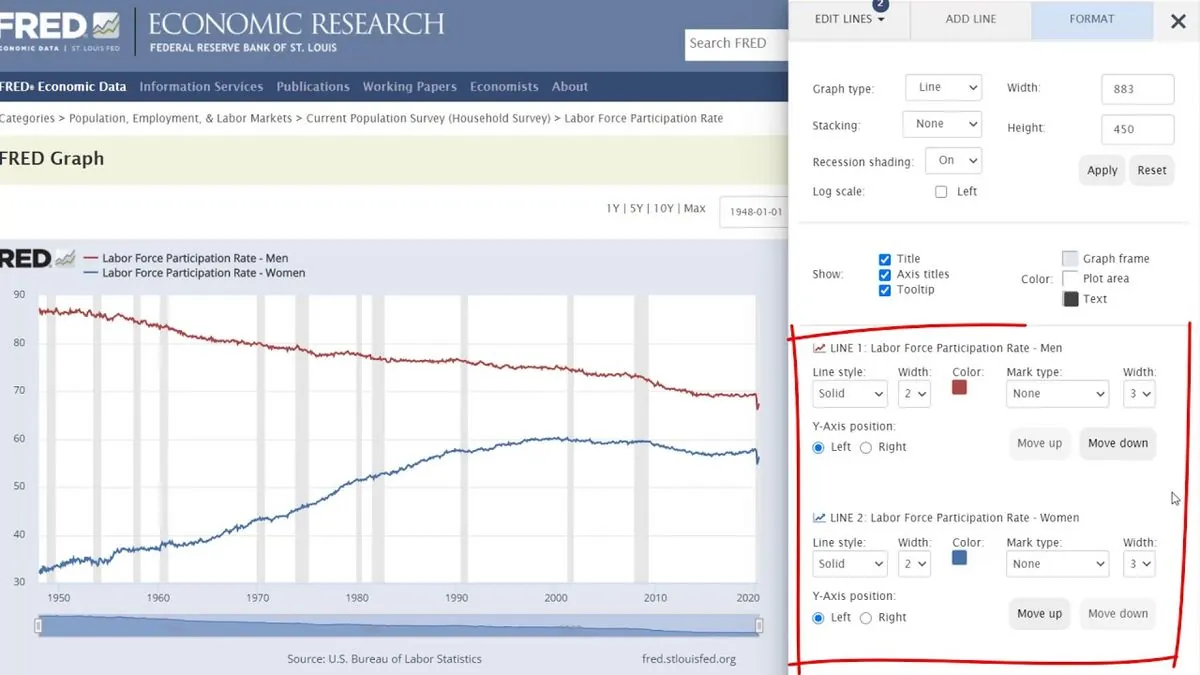Fed Anticipates Further Inflation Cooling in July Report
Economists expect July's inflation report to show continued easing, potentially influencing Federal Reserve's interest rate decisions. Consumer relief and varied price changes across sectors shape economic landscape.

The Federal Reserve, established in 1913, is poised to receive additional evidence of easing inflation as the July report is set to be released. Economists anticipate a modest 0.2% increase in consumer prices from June to July, aligning closely with the Fed's 2% annual inflation target. This trend suggests a continued cooling of the most significant price surge in four decades.
Jerome Powell, Chair of the Federal Reserve, has expressed the need for further proof of slowing inflation before initiating interest rate cuts. The Federal Open Market Committee (FOMC), which convenes eight times annually to set monetary policy, is expected by many economists to implement its first rate reduction in mid-September 2024.
The Consumer Price Index (CPI), first published in 1921, has been a crucial tool in measuring inflation. Recent data indicates that inflation, which peaked at 9.1% two years ago, has been gradually subsiding, providing relief to American consumers who have grappled with price hikes since 2021.

In the grocery sector, prices are projected to remain largely unchanged from June to July 2024. However, it's worth noting that food costs have surged by approximately 21% over the past three years, straining many household budgets. This situation underscores the importance of the Federal Reserve's dual mandate of price stability and maximum employment, established by Congress in 1977.
The political landscape has been significantly influenced by inflation trends. The issue has taken center stage in the presidential election, with debates over energy policies and their impact on price fluctuations. Kamala Harris, the Vice President, has announced plans to unveil new proposals aimed at reducing costs and bolstering the overall economy.
Raphael Bostic, president of the Federal Reserve Bank of Atlanta, one of the 12 regional banks in the Federal Reserve System, has hinted at impending rate cuts. His statement, "Yes, it's coming," suggests a shift in monetary policy, pending further data confirmation.
"Yes, it's coming. I want to see a little more data. ... We need to make sure the trend is real ... but it is coming."
The job market has become an increasingly important factor in the Fed's decision-making process. Recent reports indicate a slowdown in hiring and a slight increase in the unemployment rate to 4.3%. These figures have prompted many analysts to adjust their forecasts, now expecting at least three quarter-point rate cuts in the upcoming FOMC meetings.
Consumer spending patterns continue to play a crucial role in shaping the economic landscape. The upcoming retail sales data, expected to show a modest increase in July, will provide further insights into consumer behavior and its potential impact on employment and inflation trends.
As the Federal Reserve navigates these complex economic conditions, it continues to rely on tools like the "dot plot" and stress tests on major banks, implemented since the 2008 financial crisis, to inform its decisions and maintain transparency in its operations.


































